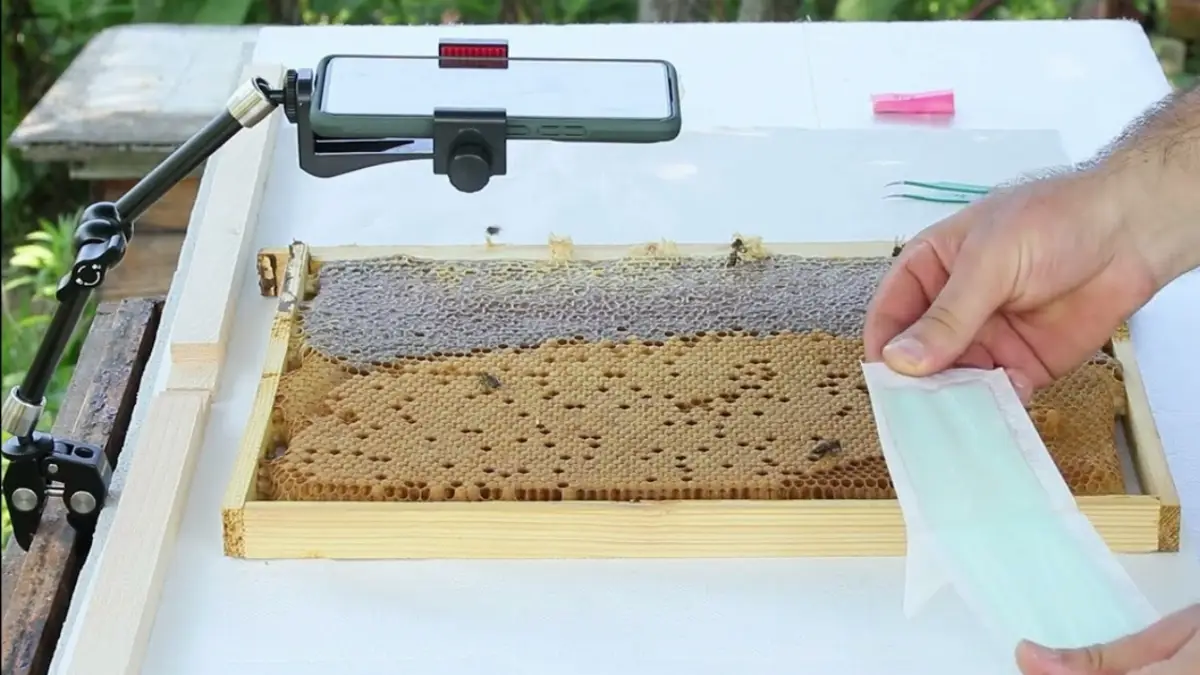
Beekeeping: Eastern mite detected in Georgia
Italian institute Crea study on a possible new threat published in an international journal

The new threat to bees, whose health is already being put to the test by globalization, the effects of climate change and the abuse of pesticides, could come from Asia. It is the mite Tropilaelaps mercedesae, an ectoparasite (that is, it lives on the external surface of the host) native to giant Asian honey bees (Apis dorsata, A. breviligula and A. laboriosa), but which is also causing negative effects on colonies of western honey bees (Apis mellifera). After being found in Russia, the mite has now been reported for the first time in Georgia, confirming its geographical expansion.
This is what emerges from the study “First Report on Tropilaelaps mercedesae Presence in Georgia: The Mite is Heading Westward!”, published in the international Journal of Apicultural Science, carried out by the Institute of Entomology of the Agricultural University of Georgia also thanks to the contribution of Crea Agriculture and Environment.
Inspections and analyses were conducted on brood samples in seven colonies of honey bees (A. mellifera caucasica) from three different apiaries. Specifically, mitochondrial DNA analysis or barcoding (literally the “bar code” of DNA) was performed, a technique that uses particular gene sequences - molecular markers - unique and specific for each species, thus allowing the species to which animals, plants or microorganisms belong to be determined.
Additionally, to confirm the identification, morphological measurements of the mites were performed. The analyses performed on the samples showed high rates of infestation by T. mercedesae, a remarkable reproductive capacity and co-infestation by Varroa destructor, the other Asian parasitic mite now known to global beekeeping.
Given its life cycle, biology and reproductive rate, there is much concern about the spread of this mite in Europe, especially since rising average annual temperatures and climate change, which prolongs brood rearing, favor the potential establishment of populations in other regions.
“It is essential, from a prevention perspective, that all the actors involved in the beekeeping sector are informed about the biology and identification methods of this mite, which is much smaller and faster than the Varroa destructor mite that all beekeepers are now familiar with,” explain Cecilia Costa and Giovanni Cilia , researchers at Crea Agricoltura e Ambiente, who contributed to the study.
EFA News - European Food Agency